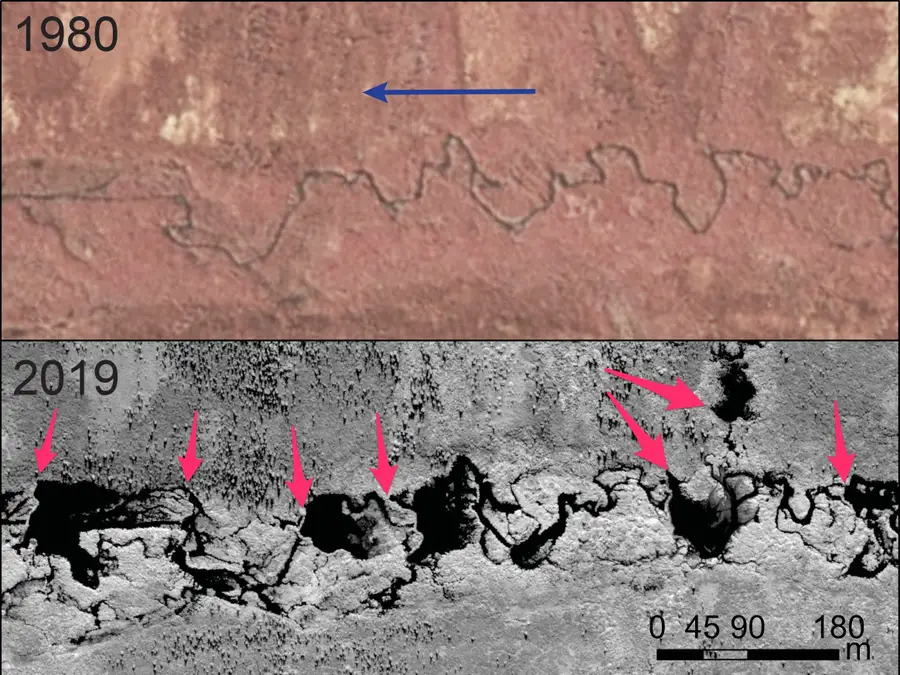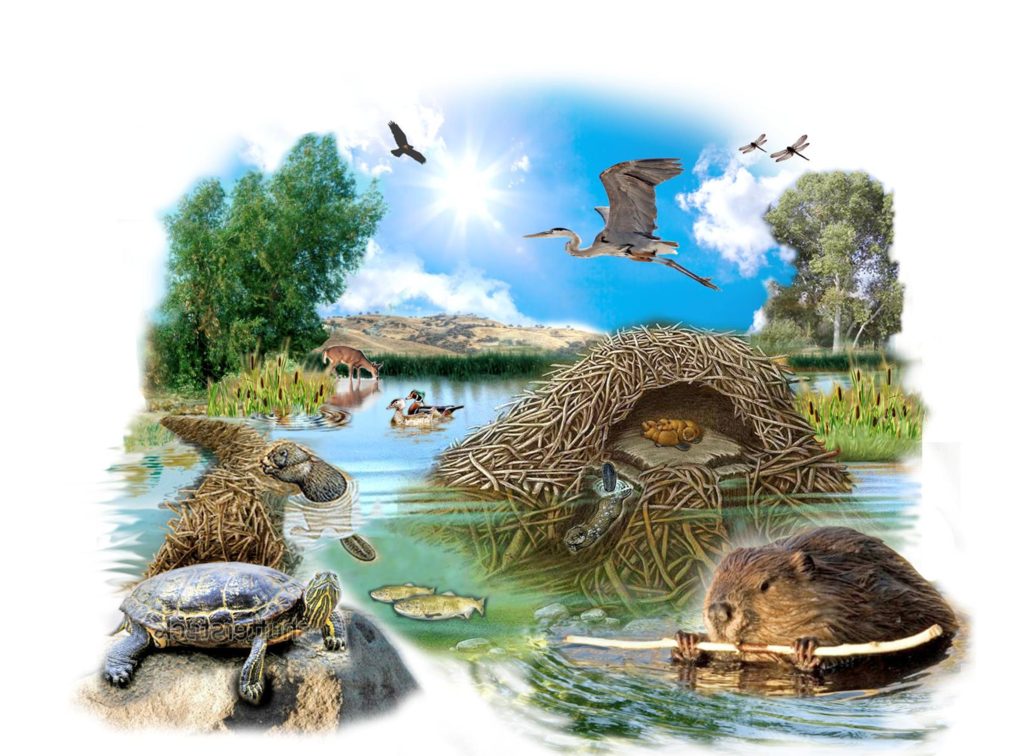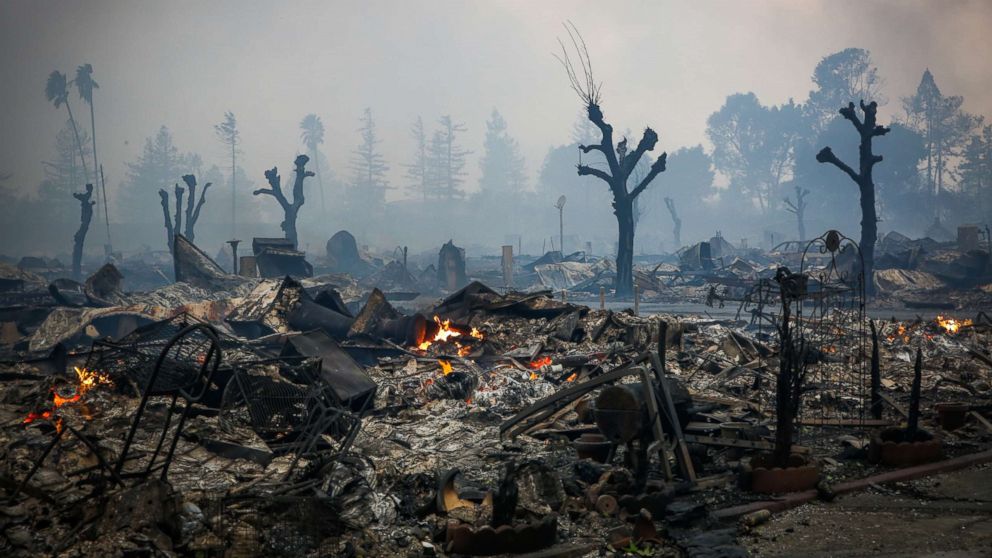There’s a wonderful news story about our friend that I wanted to share this morning, but once again it will have to wait for me to comment on the massive castor-catastropshizing that’s going on EVERYWHERE under our noses. Literally people I haven’t spoke to in a decade are writing me in a panic asking whether this could possibly be true.
Imagine the worst headline you could possibly write, have a contest with all your friends and then sit down with the writers of White Lotus and a thesaurus to make it significantly worse, then double it, and you might come close.
Photos from space show 11,000 beavers are wreaking havoc on the Alaskan tundra as savagely as wildfire
Just stop. All by itself that’s enough for now. Beavers wreaking havoc AS SAVAGELY AS WILDFIRE. Could anything be more terrifying to a country that has grown terrified of fires? I can barely force myself to go on. But I must.
Beavers are taking over the Alaskan tundra, completely transforming its waterways, and accelerating climate change in the Arctic.
The changes are so sudden and drastic that they’re clearly visible from space.
As the Arctic tundra warms, woody plants are growing along its rivers and streams, creating perfect habitats for beavers.
As the furry rodents move into these waterways, they make themselves at home by doing what they do best: chewing and carrying wood to build dams, and clogging rapid rivers and streams to make lush ponds.

Those dam lush beavers with their lush beaver pond ways. They just swim in like they own the place and without so much as a “by-your-leave” start making things better for all these other species we didn’t invite.
Yes that’s EXACTLY like wildfire.
Tape and his colleagues assessed aerial photos from the early 1950s and found no signs of beaver presence in Alaska’s Arctic tundra. The first signs of beavers appeared in 1980 imagery. In satellite imagery from the 2000s and 2010s, the beaver ponds doubled.
Can I just pause and point out that after the devastation of the fur trade started to wear off EVERYONE noticed an increase in the beaver population. And it took from about 1840-1970 for beavers to start showing up in the rest of the world. Too bad you don;t have any aerial photos back from 1600. Oh right, there were no satellites or cameras or air travel them. Never mind. I’m sure you’re right and it looked the same as in the 1950’s..
“All of western Alaska is now really densely populated with beaver ponds,” Tape said.
That’s consistent with what Indigenous people in the area have observed. It’s especially obvious on the ground in towns like Kotzebue, where there were no beavers 20 years ago, and now they’re everywhere, Tape said.
So he was floored when he saw beaver-engineering projects completely transforming landscapes across Alaska.
“It was like hitting the ecosystem over the head with a hammer,” he said.
The severity and speed of beavers’ footprint on the landscape, as seen from space, is more akin to wildfire, Tape said.
HITTING THE ECOSYSTEM OVER THE HEAD WITH A HAMMER!!!!!!!!! and MORE AKIN TO WILDFIRE!!!!!!!!!
Ken Tape HIMSELF is responsible for that headline. Here I was trying to be charitable and blaming the copy girl. But no. He really made those words with his own mouth.
 The US Department of Metaphor just released an alert reading that Ken is at large and was himself a failed candidate in their “comparative retraining” program. As an undergrad he was known to storm through their lecture halls reading essays about how his “Christmas dinner was as tasty as a box of nails” and how his “wife’s face was more beautiful than a lethal spider in the grass.”
The US Department of Metaphor just released an alert reading that Ken is at large and was himself a failed candidate in their “comparative retraining” program. As an undergrad he was known to storm through their lecture halls reading essays about how his “Christmas dinner was as tasty as a box of nails” and how his “wife’s face was more beautiful than a lethal spider in the grass.”
I suppose a beaver’s effect on the ecosystem is kind of like being hit with a hammer. A magical hammer that makes everything you broke yesterday form suddenly back together as if it never happened.
Like I wish I could use on this article for instance.
“If you like the Arctic the way it was, the old Arctic, then beavers are bad for that. Whereas if you kind of embrace the new Arctic, well, then beavers are one of your champions,” Tape said.
If you like the arctic the way it was TOO BAD BECAUSE WE HAVE BEEN RELEASING CARBON FOR 100 YEARS and didn’t do anything to stop or slow down even when we could have and now its screwed so there. Gosh I wish there was something that could help make it more livable.
As temperatures rise, the permafrost thaws and releases the greenhouse gases carbon dioxide and methane into the atmosphere.
That’s the one beaver impact that Tape’s team is sure of: Beaver ponds are thawing the surrounding permafrost, exacerbating the climate crisis. Just how much, is not yet clear.
More and more beavers will likely spread through the tundra in the future, continuing to move north as the Arctic warms.
“All they have to do is swim downstream,” Tape said. “If they find the habitat there — in other words, if it’s warm enough, if the shrubs are tall enough, if there’s enough unfrozen water in winter — then they’re going to forever change that place.”
Ben Goldfarb agrees this is the worst headline he has ever read but says he has talked at length with Ken and knows he is no beaver hater. He thinks maybe he means “Hammer” in a good way. Like nothing ever gets built without them.
Hmm. I’m doubtful the average reader will take it that way. And so I’m going to end by offering a visual comparison to show how despite everything they’ve read to the contrary, the effect of beavers and the effect of a a wildfire are actually quite different.
It’s really pretty subtle. Let me know if can spot it.







 What he found is that beaver dam amount for a small fraction of overall snowpack water, but that they do indeed contribute. I guess the moral of the story is “Don’t screw up your climate!” And if it so happens that you are so stupid you do mess up your climate, then the moral is “You better have a LOT of beavers around to do what they can.”
What he found is that beaver dam amount for a small fraction of overall snowpack water, but that they do indeed contribute. I guess the moral of the story is “Don’t screw up your climate!” And if it so happens that you are so stupid you do mess up your climate, then the moral is “You better have a LOT of beavers around to do what they can.”
 The next Northern Region, Alaska Section, AWRA Monthly Brown Bag Presentation will be given by
The next Northern Region, Alaska Section, AWRA Monthly Brown Bag Presentation will be given by 




































